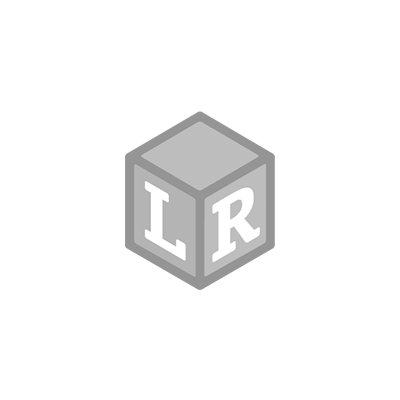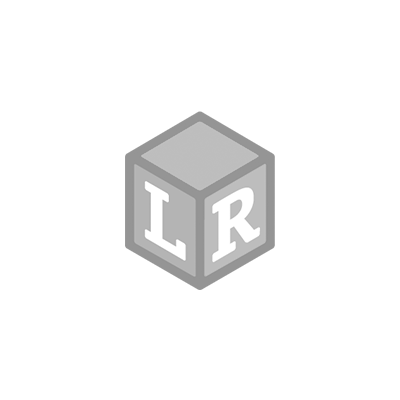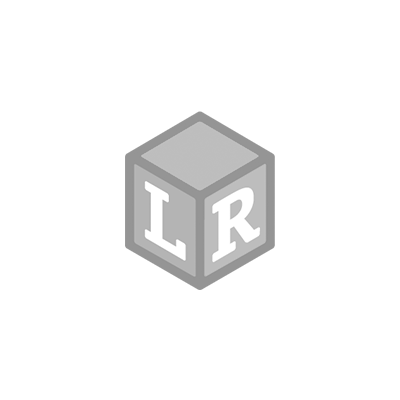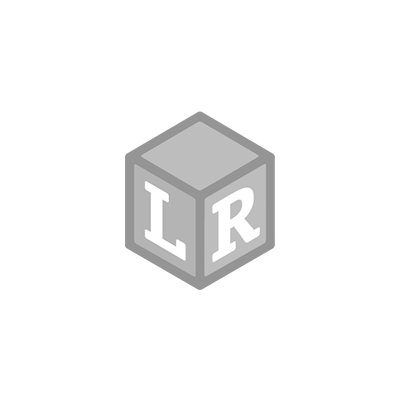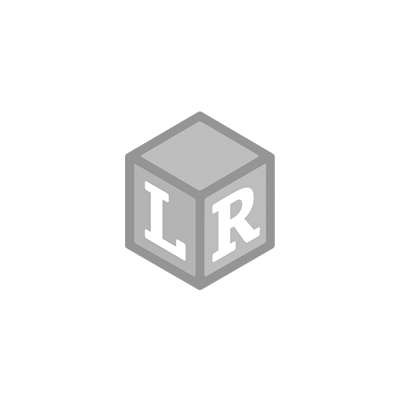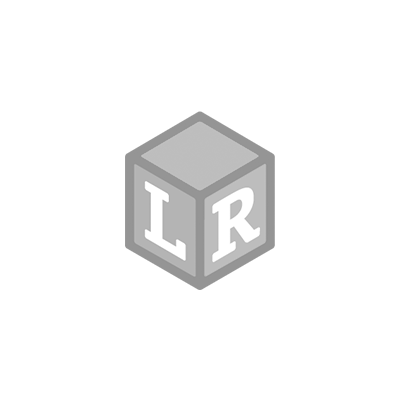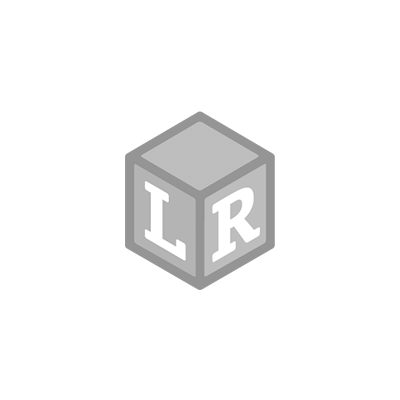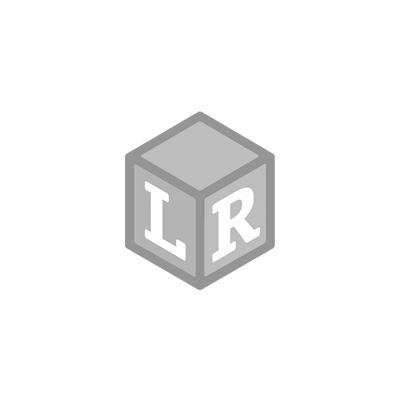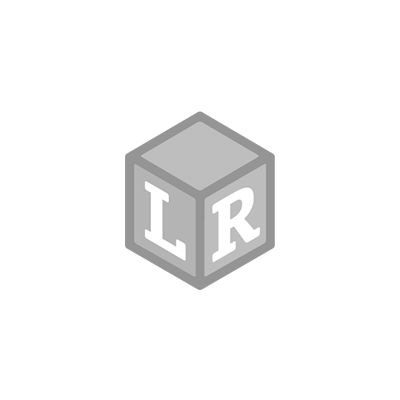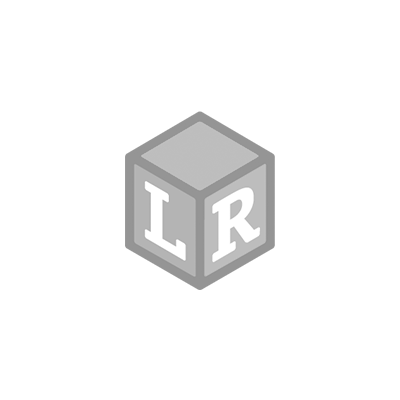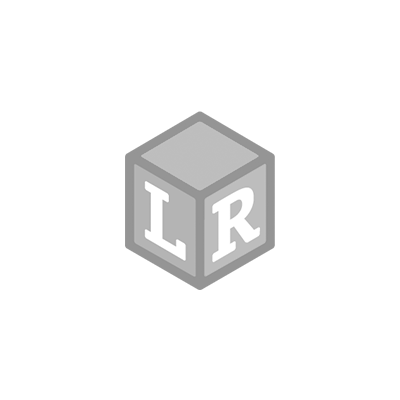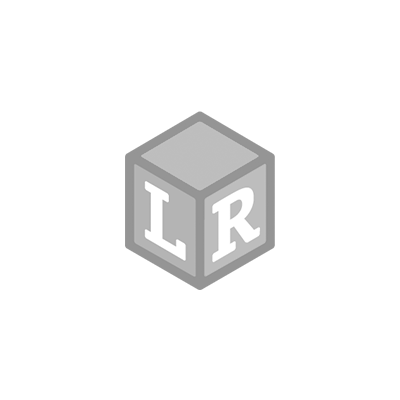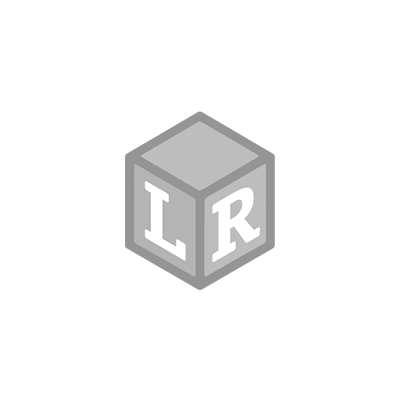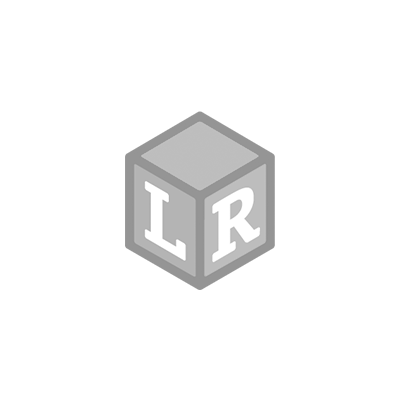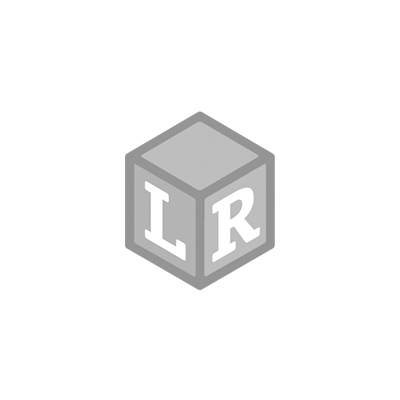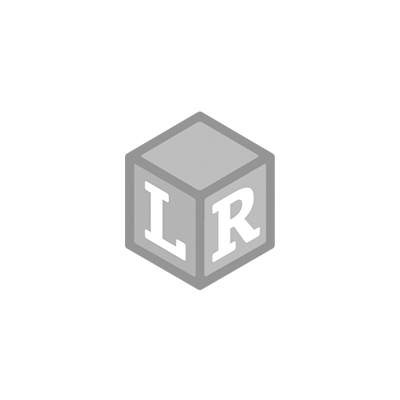Fine Motor Friends for Little Learners!
- Learning Resources Posted On Jan 10, 2022 | 2-4 Years Motor Skills
Learning Resources® does an excellent job of creating products for a wide range of age groups. They focus on fine motor development for the 18 months - 4 years old age group. I have used many of these products for my children and in my preschool classroom (I teach two and 3-year-olds). In this blog, I will be sharing a little more about how I use some of my favorite fine motor Learning Resources products and their benefits to young learners.
Spike the Fine Motor Hedgehog®
Spike the Hedgehog was where the fine motor journey for the 18 months plus age group started at Learning Resources. They now have 7 Spike products, ranging in color and design. The original Spike the Fine Motor Hedgehog is a firm favorite with my 2s age group. The idea of Spike losing his quills and children having to put them back in his back is just the right level of fun and challenge. The colors are vibrant and lend themselves to color recognition and sorting activities. I also love how numbers are subtly written next to the holes on Spike’s back, as this opens up the opportunity for number recognition and vocabulary development. The shape of the quills enables little hands to grasp them easily, and it is no surprise to hear that toddlers love the idea of pushing the quills in and out of the holes on Spike’s back over and over again!
There is also a range of great spin-off Spike products. The Spike Puzzle Playmate has been a big hit with my preschooler, who is 4, and the two-year-olds at preschool. This one combines the excitement of matching shape pieces with the challenge of matching numbered quills. It can be fun to hide the puzzle pieces in a sensory bin as an added element of play. Another popular item is the Spike the Hedgehog Sensory Treehouse. The great thing about this product is that it naturally encourages open-ended small-world play. Children like to use the little textured hedgehogs as they would do so with small toy animals. They pretend the treehouse is their home, and they go on all sorts of fun adventures. I love seeing the collaborative play and learning that takes place! There are discussions about the shapes, patterns, and textures on the hedgehogs’ backs and numbers shown on each Hedgehog.
Dottie the Fine Motor Cow
Dottie, the Fine Motor Cow, is a fun and colorful fine motor friend who encourages pull-out and pop-in movements with five tactile dots attached to the cow. This gets little hands working hard and exposes toddlers to learning all about colors. The soft surface of the push/pull dots makes this a great starting point for fine motor play, and the fact that the actions can be repeated is also a bonus. This is an excellent option as a travel toy as there are no additional parts which, as we all know, get lost so easily!
Steggy the Fine Motor Dino
Steggy is a bright and colorful dinosaur who needs help getting his ten scales placed in his back. The scales are durable and encourage the pincer grasp to be developed. Our favorite way to extend the learning is to focus on the number order in which the scales are added. Searching for the 1-10 numbers in the correct order and then carefully organizing them on Steggy’s back can take a lot of concentration for a two or 3-year-old! We recently set up a fun ‘Search for Steggy’s Scales’ sensory bin, which involved digging the scales out of a green rice bin and then adding them to Steggy in the correct number order. We have also had some fun using the scales for color sorting activities. It helps that all of Steggy’s scales can be neatly stored inside his body when not in use.
Have you tested out any of the fine motor friends on offer by Learning Resources? Which are your favorite and why? We’d love to hear how you use them at home or in your classroom.
Writer’s Bio
Lucy Baker is a Mom of two (4 & 8 years old) passionate about creative play and hands-on learning. She firmly believes in providing children with the opportunity to learn through play and being part of their play journey as a parent. See more of her creative play ideas and process art projects on Instagram @findthelittlemind, and over on her blog, Find the Little Mind.
 Shop UK Site
Shop UK Site 
